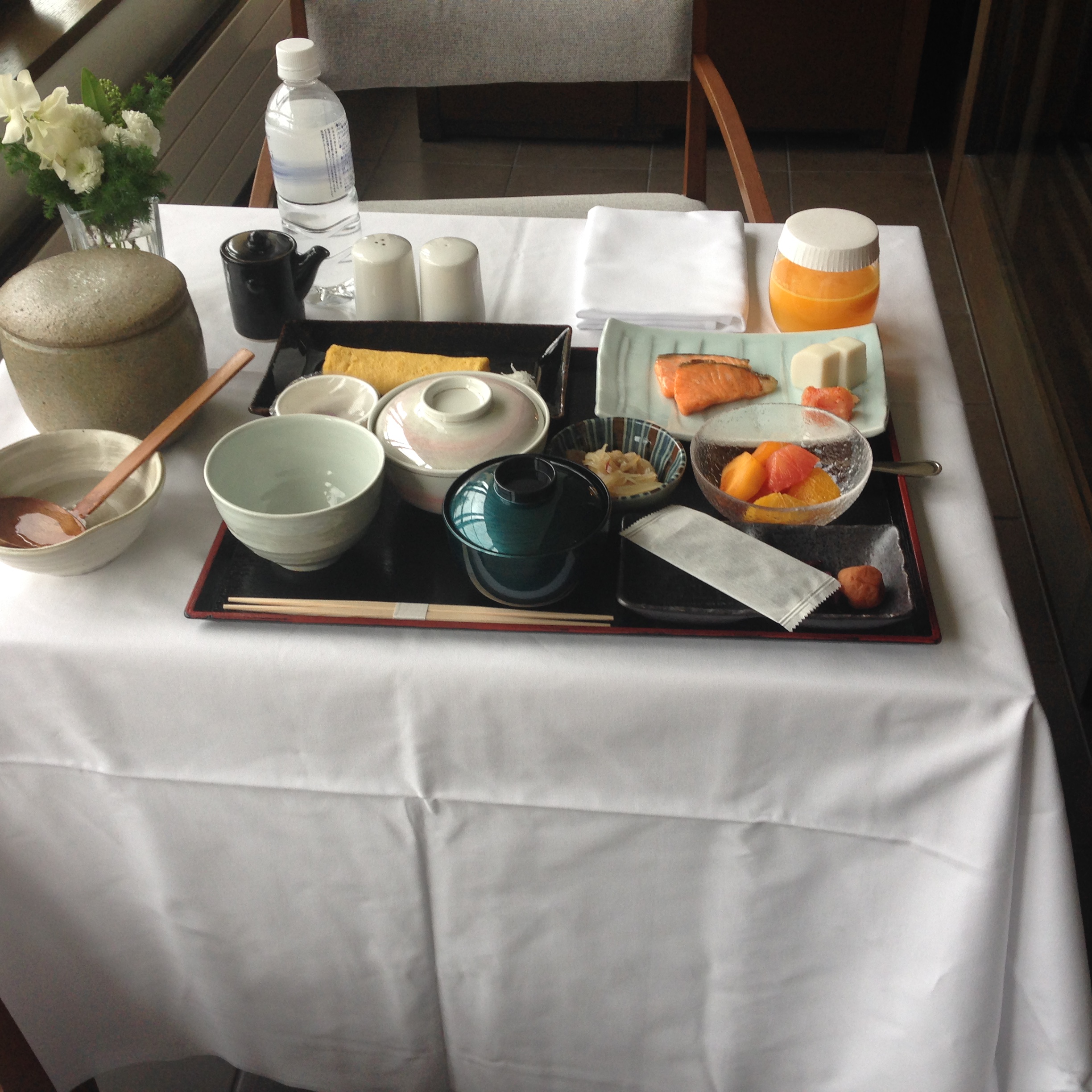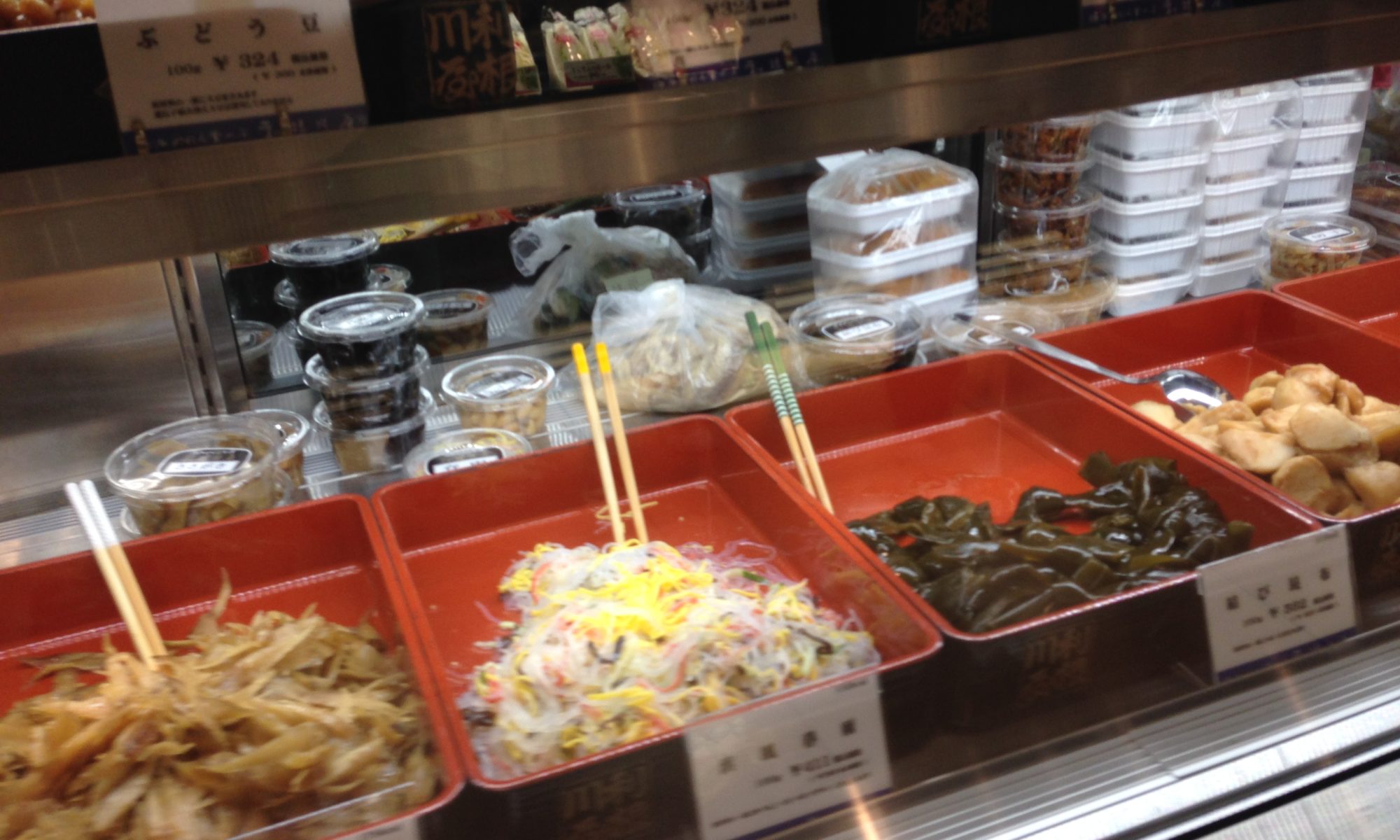Dried Shitake mushroom and Kiriboshi sliced radish
今日の記事では、母校の青学から単位をもって米国オレゴン大学へ編入学して卒業し、15年以上に渡って「サステナビリティ・ESG・気候変動」などに特化した専門翻訳会社を経営しながら再び青学(大学院)へ戻ってMBA(修士号)を取得した私・小山ケイが、「エシカル消費 (Ethical consumption)」について書いていきます。
<もくじ>
●日常生活のサステナビリティー料理、食べ方、そのほか。How are we gonna cook for sustainability, or even for our health, based on Japanese style? (like dried Shitake mushroom or Kiriboshi sliced radish?)
●懐石料理。出る順番やその精神を参考に。サステナビリティのために。Kaiseki Japanese food is based on Zen Buddhism. I think the spirit and the manner manifest sustainability.
このブログ「小山ケイ:Feel this precious moment」はいくつかのカテゴリーに分かれています。今日の記記事は「Sustainability(持続可能性/サステナビリティ)」のカテゴリーで書きました。同じカテゴリーの過去記事は下からご覧になれます。
●日常生活のサステナビリティー料理、食べ方、そのほか。How are we gonna cook for sustainability based on Japanese style? (like dried Shitake mushroom or Kiriboshi sliced radish?)

★食材は、あますところなく、使う。Use the ingredients completely.
→ たとえば大根。よく洗ってから、青首(上の部分)は煮物に、下の部分はだいこんおろしにして魚やサラダなどと一緒に。皮は千切りにして、サラダや煮物に使います。
★丸ものの魚は、買ってきたらすぐにわたを取り除いて塩を振っておく。 Dress the fish you purchase as soon as possible with salt to avoid spoil and keep freshness.
→ 腐敗を防げるため、食品ロスにつながる。鮮度も保てておいしい。
★「あんこうの七つ道具」を参考に。Anko anglerfish is the best example of sustainability ‘cause you can eat any part of it cooking it with any manner. Anko’s skin and organs are called “Seven Tools (NANATSU DOHGU)” in Japanese.
→ あんこうはあご以外は捨てるところがなく、その臓器や皮など、あますところなく食べることができます。
★あら煮をつくる。Boil the spoiled bones or rough parts of fish you can hardly eat, and make a Japanese dish called “Ara-ni” with Japanese seasonings such as soy source and Mirin rice syrup. It’s like the Western cuisine and delicacy using chicken bones.
→ 魚を丸ごと買ってきて、食したあとの骨や臓器を煮物に使う。
→ 魚屋やスーパーであら煮用の材料を買う。低価格で売ってます。
→ エラやカマもりっぱな食材。とくにカマは海水がよく染みていておいしい!(魚がえら呼吸してるからね)
Organs such as yellowtail scythe are actually great feasts for you; thanks to its gill breathing (lol), you can enjoy the moderate taste of sea salt
★煮物を作るときは砂糖も入れる。Boil ingredients with sugar to permeate seasonings effectively with smaller amount of energy.
→ 味が良く染みるのでおいしくなるのと、調理時間を少なくできる(つまり、火力を少なくできる。省エネ)。
→ 切り方や調理方法も、味が染みやすいように工夫してみる。例)飾り包丁、おとし蓋、クッキングペーパー、(だいこんなど)、
★ブロッコリーは茎も使う。Use even the stem of broccoli creatively.
→ 根元や皮などの固い部分は切り取り、中の部分をざく切りにする。
シチューや炒め物など、さらに時間をかけて調理するものの具材として使えます。
Peel the skin and boil the inside part and cut it randomly. You can use it for stew or stir fry.
★戻し汁はサステナビリティの宝庫! The juices used for dried Shitake mushroom, dried Kiriboshi radish, or dried Konbu kelp have rich nutrition. Reuse them for your cooking! (lol)
→ 干しシイタケの戻し汁は出汁(だし)代わりにもなります。
煮物、みそしる、和風コンソメスープなどにどうぞ。
栄養も満点です。
砂糖を入れて戻すと戻しやすい。煮物に使うとさらに素材に味が染みます。
→ 切り干し大根の戻し汁も同様。
甘みが出るので煮物には最高です。
→ そのほか、かんぴょう、こんぶ、高野豆腐もしかり。
昔の人はエライ!乾物は料理の必需品ですね。保存もききます。栄養も高い。サステナブルな食材です。
You can also apply the cooking technique to such Japanese food as Kanpyo melon and Koya dried Tofu.
★どうしても捨てる場合は、コンポストや数日乾かして乾燥させてから。Use a compost or dry the unnecessary parts before put them into garbage.
→ 堆肥として再利用。燃やすごみとして出すときは、燃やすエネルギーが少なくなるように、水分を飛ばしてから。
★余熱も効率的に利用。Take advantage even residual heat.
→ サステナビリティのために。
→ ティーポットカバーのようなものを、他の鍋やカトラリー、お皿にも利用してみる。
★洗い物はつけおきしておく。Put plates which seem to take time to wash completely into stored water in a sink or bucket more than several minutes before using a dish-washing machine or washing by hands.
→ 水や洗剤を極力使わなくていいように。
●懐石料理。出る順番やその精神を参考に。サステナビリティのために。Kaiseki Japanese food is based on Zen Buddhism. I think the spirit and the manner manifest sustainability.

豪華なイメージのある懐石料理。
でももともとは、禅の精神にもとづいた茶道の茶事で出されるものです。
「(抹茶のカフェイン等で)胃が荒れることがないよう、そのまえにしっかりとお食事をしてから濃茶をお楽しみください」という位置づけで懐石料理は出されます。
よって、濃茶が出されるのは食事の後。
禅の精神 (Zen Buddhism) に基づいているせいか、私からすると、懐石料理はサステナブルな料理に見えます。
1) ごはんや汁物は最後。汚れたお皿を洗う役割もあります。Rice and soup, last, not only for health (to prevent acute rise of blood sugar level) but also for cleaning dishes!
文字どおり、「箸洗い(吸い物など)」。
うまくできてます。笑
2) できるだけ、「いま手元にある食材」で料理する。Simply use available materials as much as you can rather than special things by purchasing them at some luxurious food stores or expensive delicacy.
「質素な我が家で豪華なものはなにもございません。懐に火で温めた石を入れて寒さをしのいでいるような状態です。いま我が家にある食材しかお出しできませんが、心を込めておもてなしをさせていただきます」が茶会で出される懐石料理の本来の精神だと言われています。
現代の茶道の茶会ともなるとそうもいきませんが、私たちの日常生活には生かせそうですよね。
急なお客様やご近所さんがおこしになるとき、冷蔵庫やストック棚にある食材で心を込めて料理をする。
そのためにも、日ごろからそれらの鮮度や賞味期限はしっかり、チェックしておく。
「先出し先入れ (First in, first out)」を徹底していれば、フードロスを防ぐだけではなく、人様をもてなす機会が急に訪れても、「いま手元にある食材」でおいしい料理が出来るはずです。


“日常生活のサステナビリティー料理、食べ方、そのほか。How are we gonna cook for sustainability, or even for our health, based on Japanese style? (like dried Shitake mushroom or Kiriboshi sliced radish?)” への1件の返信
コメントは受け付けていません。